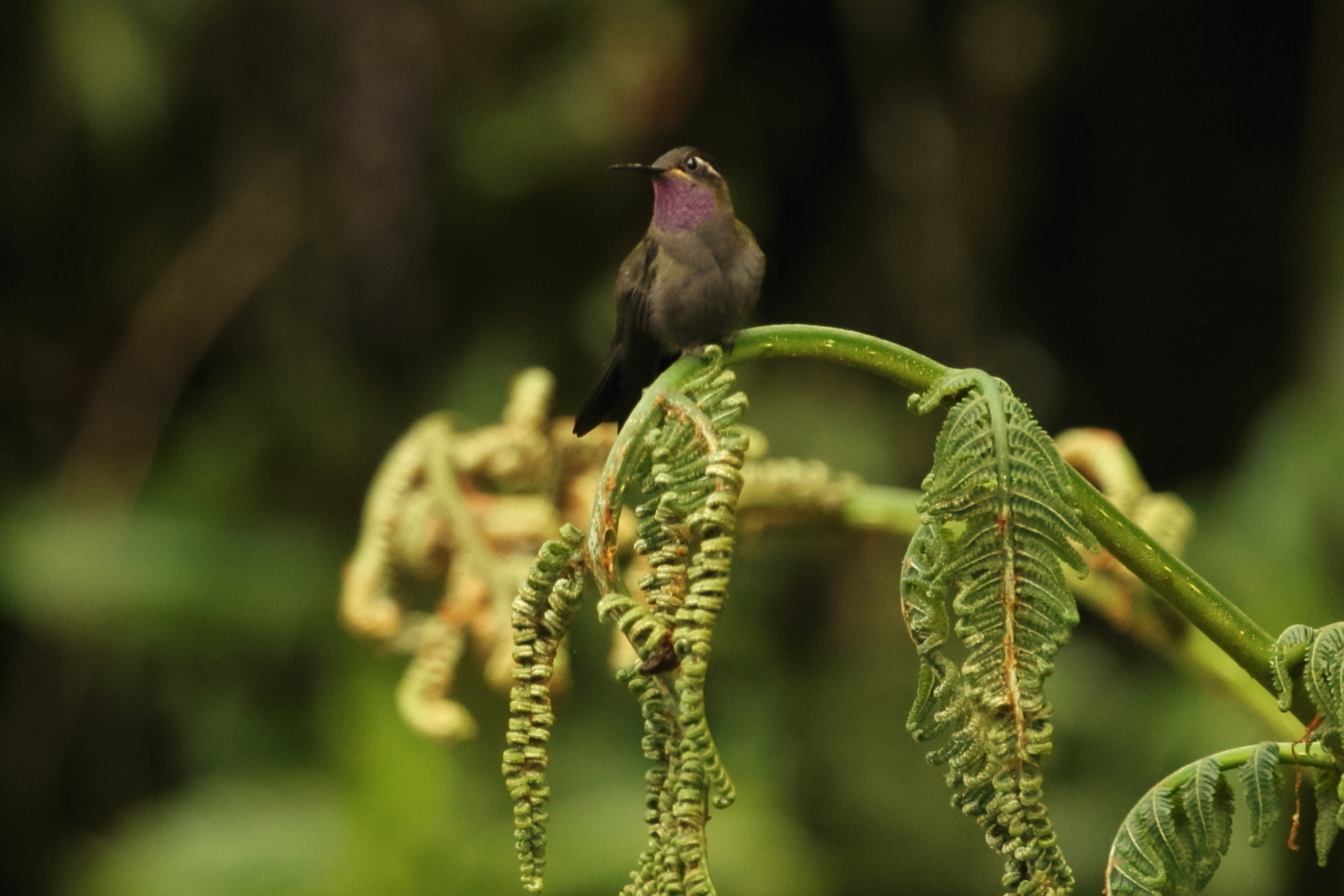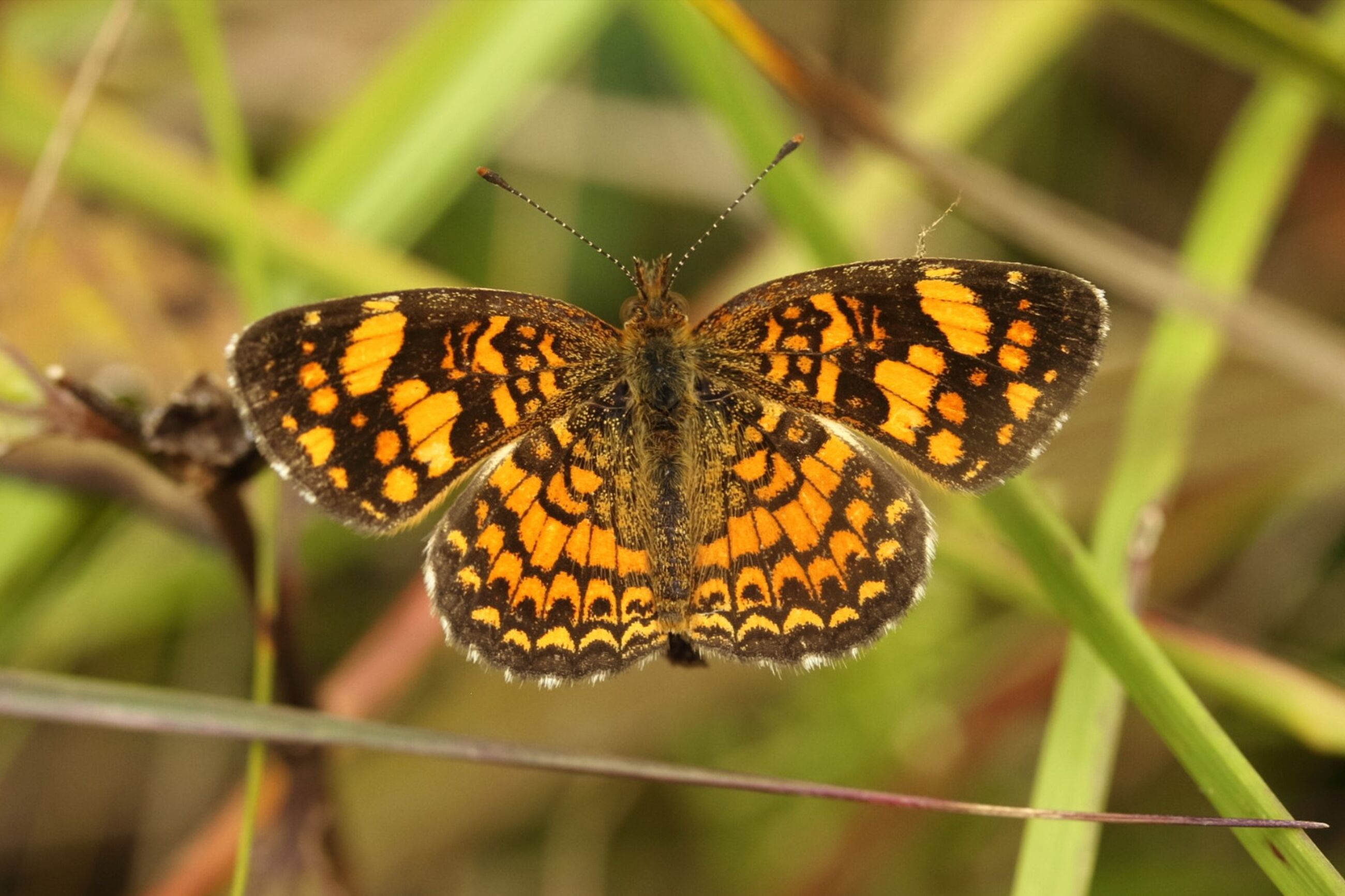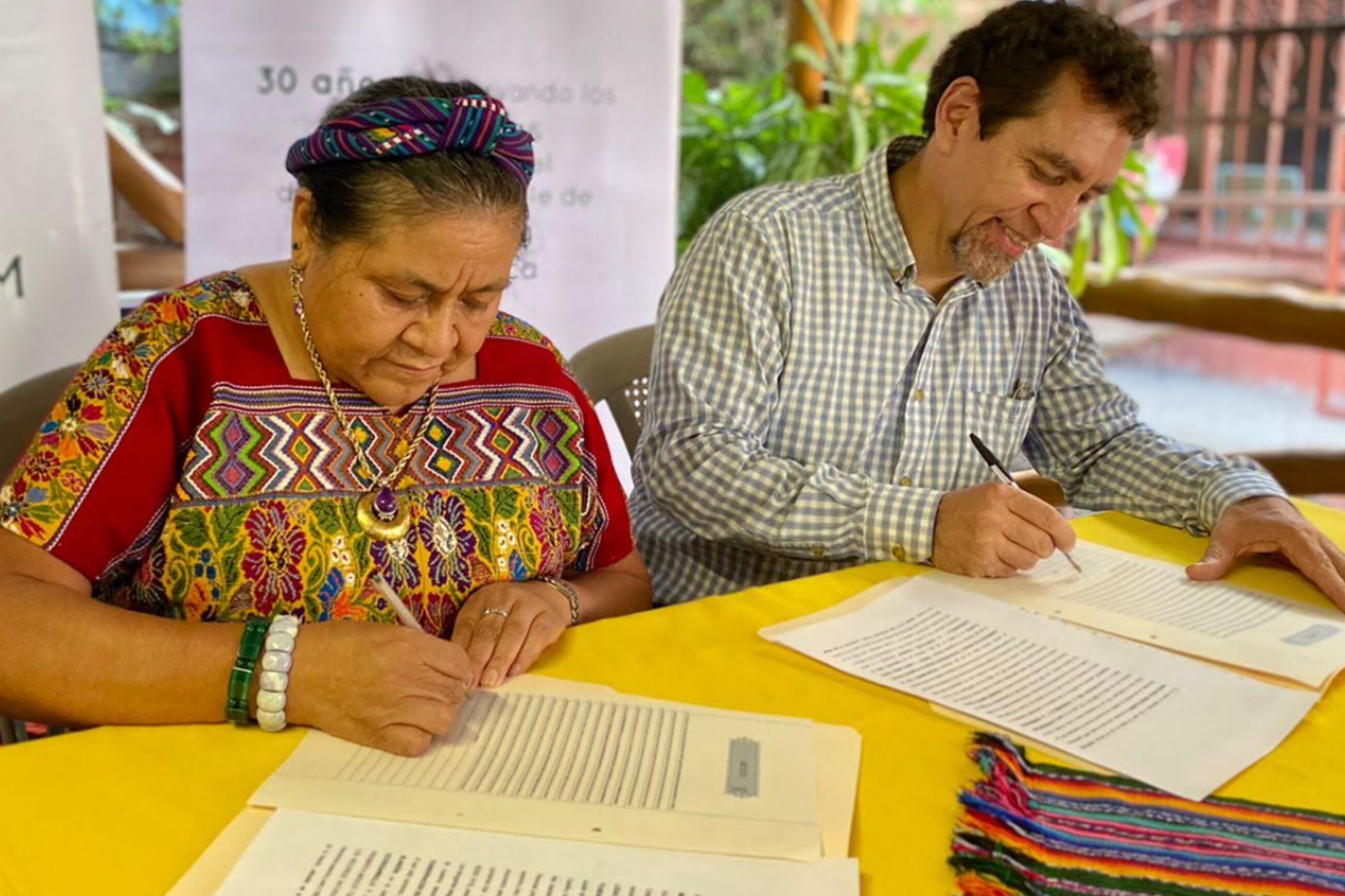A Legacy of Land Conservation

Looking out over the cloud forest of the Northern Highlands in Guatemala. Photo: Dr. Phillip Tanimoto
A Legacy of Land Conservation
17 April 2025
Since 2020, we have supported land conservation with Art into Acres, an initiative connecting artists, gallerists and collectors and large-scale land protection. To date, we have directly supported the locally-led protection of 2,063 hectares, or 5,104 acres, of new cloud forest preservation in Central America, in a partnership with environmental non-profits Fundaeco and Re:wild, which matches the donation. This forest is the last large, unpreserved cloud forest in northern Central America—home to Mexican Elm trees spanning 10 feet in diameter and 160 feet in height, and hundreds of bird species.
Art into Acres connects art and the conservation of ecosystems that are integral to planetary health. The initiative was founded within the art community and has worked with a range of contemporary artists, including George Condo, Rashid Johnson and Mika Rottenberg. Since receiving its first support from the President Emerita of the MoMA, Agnes Gund, the initiative has supported artists, galleries and institutions in funding Indigenous and locally-led land conservation, in remote parts of the world, in cooperation with foundations, community collectives and grassroots efforts. The communities are the forest guardians.
‘Land conservation, as an artistic practice, is invisible. Nothing changes, life continues to unfold as it has for millenia.’
—Haley Mellin, Art into Acres

This forest has over 265 resident bird species, a rarity in the avian world. Photo: Dr. Phillip Tanimoto

Northern highlands forest during a rare dry day. Photo: Dr. Phillip Tanimoto
The gallery supports the locally-led conservation of the Northern Highlands in Guatemala, focusing on a community stewarded approach to protection. Often, conservation involves supporting the creation of new laws and referendums. This location is proposed as a potential new National Protected Area for Indigenous Peoples. If approved, this would be the first National Indigenous Protected Area in the country. Meanwhile, forest parcels are purchased for protection by a civilian conservation association. At the same time, key support is given to supporting gardens and ecological livelihoods in the villages, as guided by Fundeaco Director Marco Cerezo.
Cloud forests are incredibly biodiverse. This particular forest is the home of over 265 bird species, 142 mammal species, and 3,100 plant species. ‘With its misty mountains, ancient moss-covered trees, and rare wildlife, this forest is a place of wonder and inspiration, and one that deserves to be conserved forever,’ says Dr. Chris Jordan, Latin America Director of Re:wild. Its high plant diversity includes epiphytes (like orchids), ferns, mosses, and lichens, all thriving in the humid environment. Many of the species are endemic, meaning they are found nowhere else in the world and ones new-to-science are consistently being discovered.
‘Protecting these forests will guarantee the life of our children.’
—Inmaculada Choc Ixim, La Parroquia community leader and environmental educator
‘Land conservation in the Northern Highlands presents a unique opportunity to bring together indigenous communities, organizations and government for the protection of the region's many shades of green, from the cloud forest canopy to the feathers of the Resplendent Quetzal, and a vibrant future for local communities,’ says Ingrid Arias of Fundaeco, a Guatemala environmental non-profit partner. In particular, this high-altitude forest is home to species with very small geographical ranges that are particularly at risk from climate change and habitat loss. Rare species include the Spider Monkey, Resplendent Quetzal, and the Horned Guan.
Cloud forests are often called ‘water forests’ due to their daily rainfall. This forest is located on a remote, uninhabited limestone mountain in the Northern Highlands of Guatemala, ranging from 600 to 2,400 meters (2,000 to 8,000 feet) in elevation. Here, annual rainfall can reach up to 10,000 millimeters (390 inches). A significant portion of this moisture comes from fog drip—when fog condenses on trees and drips to the ground, while plants also absorb water directly from fog and clouds through a process called foliar uptake—and while the forested mountain is inhabited, local villages at the base rely on this watershed for the drinking water.

Photo: Dr. Phillip Tanimoto

The Nobel Peace Prize laureate Rigoberta Menchú, a K'iche' Guatemalan human rights activist, was raised near the forest. Her foundation was the first to sign to help protect the lands. Photo: Dr. Marco Cerezo
Cloud forests are active carbon sinks, absorbing and storing carbon from the atmosphere. Their carbon sequestration capacity varies depending on factors like location, age, and species composition. Generally, cloud forests sequester about 80 metric tons of CO₂ equivalent (mtCO₂e) underground and around 4 metric tons of CO₂ per acre per year. They store substantial amounts of carbon both in their biomass and in the soil profile. Located on a steep mountain, the topography provides a gradient of temperatures for species refugia. In his book, ‘Drawdown,’ Paul Hawken included tropical forest conservation as central to climate balance.
We are committed to supporting long term conservation initiatives. Cloud forests play a vital role in carbon sequestration, biodiversity conservation, and water cycle regulation, making their preservation essential for climate stability and ecological health. A Fundaeco conservation team member, Elías Barrera, grew up beside the forest and shares, ‘If we save the Northern Highlands, we will guarantee the life of our biodiversity and the communities that depend on it.’
–
To learn more about conservation practices, visit Re:wild and Fundaeco. For more information or to conserve acreage, contact Art into Acres.
Related News
1 / 5




